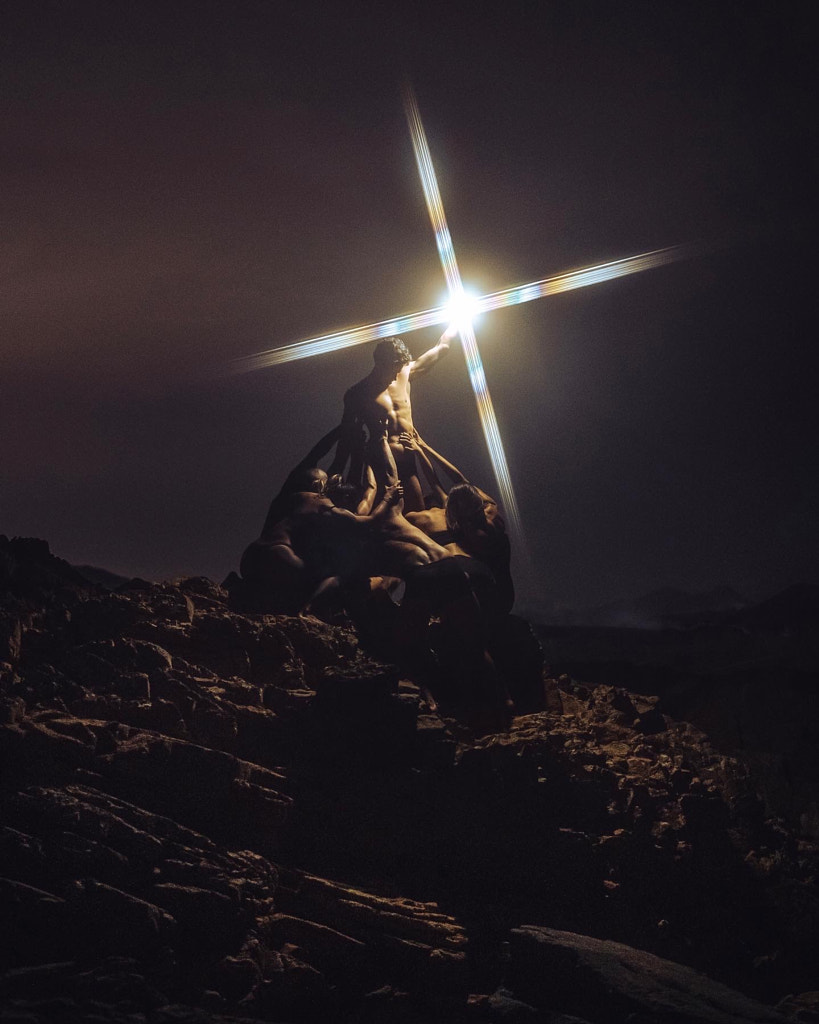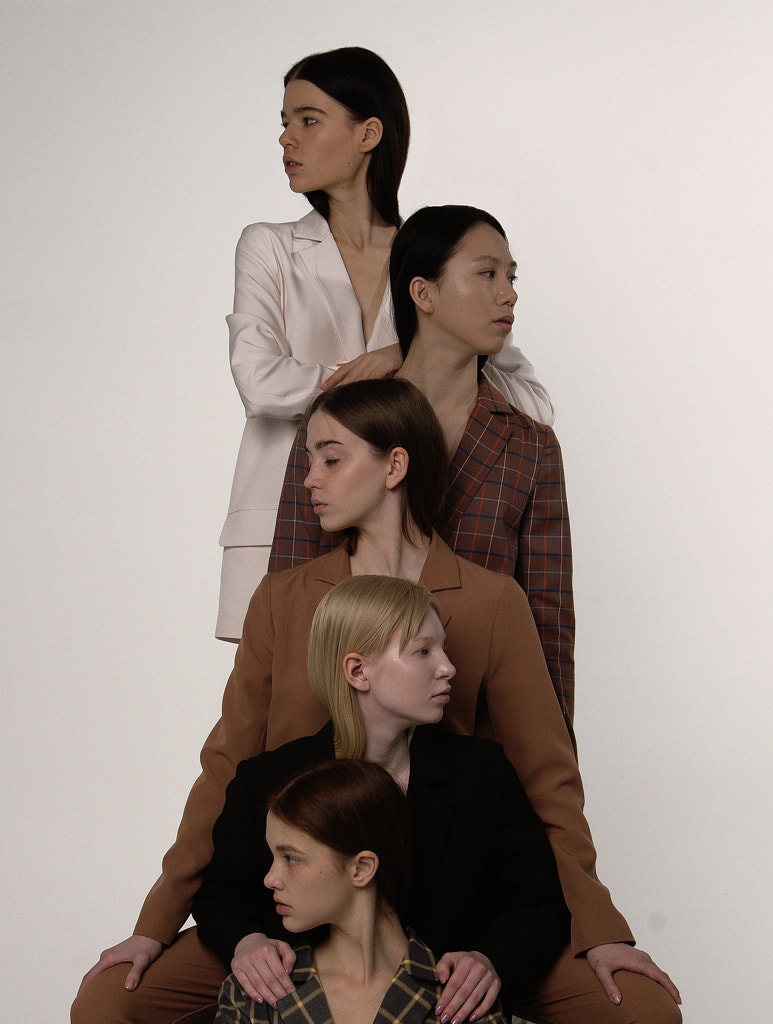As the world watched the invasion of Ukraine, artists worldwide rallied together to help, with many using NFTs, or non-fungible tokens, to provide aid. In early March, UkraineDAO, a decentralized autonomous organization, released an NFT of the Ukrainian flag, raising $6.7 million for relief. In 72 hours, the sale drew more than 3,200 individual contributions. UkraineDAO also set up a Twitter handle and Discord server so that people could receive up-to-date information in real-time, no matter where they live.
A few days later, another initiative, Art for Ukraine, brought together prominent artists such as Sara Ludy, Amir H. Fallah, Sophie Kahn, and Ana Maria Caballero for an NFT sale, with proceeds automatically going to charities helping Ukraine. Something similar can be done with photography NFTs. Elsewhere, photographers have gotten involved, with artists like Synchrodogs and Flora Borsi donating the proceeds of their auctions on SuperRare to organizations and charities aiding Ukraine.
The past few weeks have demonstrated the power of NFTs and decentralized finance to amplify a cause, while also underscoring the importance of art in creating change. In many cases, including UkraineDAO’s flag NFT, the image itself conveyed the message at the heart of the project. Nadya Tolokonnikova from Pussy Riot, who backed the project, said the choice not to add their own art was deliberate, with the flag itself meant to symbolize unity and solidarity.
If we turn our attention to the hugely influential Pace Gallery, you might remember that late last year, they launched the project Pass the Baton, a collaboration between the artist Glenn Kaino and the American athlete Tommie Smith. In 1968, Smith and John Carlos raised their fists during the Olympic medal ceremony in Mexico City in protest against racial injustice.
The ambitious project includes 7,872 digitally-rendered versions of the baton Smith used during history-making races. The profits from the art sales then went on to benefit activist groups working to battle injustice today, including the NAACP, the Trayvon Martin Foundation, and the Advancement Project. Highlighting Civil Rights as an intergenerational struggle, the project paid homage to history, while also looking toward a different and more equitable future.
In December, Will Your Heart Pass the Test?, a collaborative project by Drue Kataoka and Industrial Light & Magic ILMxLAB, was auctioned at Phillips, with the proceeds going to The Martin Luther King Jr. Center for Nonviolent Social Change (The King Center) and Stop AAPI Hate, further underscoring the potential of digital art and NFTs to work as a catalyst for civic action and social justice.
It’s also worth noting that artists have used NFTs to challenge and correct problems within the art world itself. Perhaps the most well-known example of this principle in action can be found in World of Women, a collection and community created by the illustrator Yam Karkai to foster representation and inclusion in the NFT space. The collection comprises 10,000 artworks, depicting a diverse group of women.
In line with the values that inspired its development, WoW gives back to women-led and sustainability-minded organizations, donating 7.5% of all primary sales. Among their donations was a 17.15 ETH contribution to Too Young to Wed, the organization founded by the Pulitzer Prize-winning photojournalist Stephanie Sinclair to end child marriage and empower survivors.
There are a few reasons why NFTs might be particularly well-suited to championing causes and supporting underrepresented voices. To start, NFTs emerged during a time of social change, following a pandemic that disproportionately affected people of color. Another key factor is that the blockchain, by design, is decentralized. It’s also global, meaning that there’s a potential to reach across geographic and political boundaries to unite people under a common purpose.
The crypto community lives online, in Twitter Spaces and Discord—not behind closed doors or within the traditional corridors of power. That same ethos extends into the art world, making the NFT space one where we might not see the same kind of “gatekeeping” we do in the traditional art world. In theory, NFTs could enable artists to connect directly with collectors and patrons, and they could sell their work from anywhere, without needing a stamp of approval from established institutions such as museums or galleries.
The invasion of Ukraine has, for example, inspired a wave of support among artists, even across great distances. The photographer and activist Misan Harriman, who is also the chair of the Southbank Centre (the largest art center in Britain), has been actively supporting artists in Ukraine as they navigate this crisis.
On a logistical level, too, the smart contracts that power NFTs are designed for transparency and accountability, making them appealing to artists supporting organizations and causes. Depending on the contract, for instance, you could set it up so that the proceeds automatically go directly to an organization (or several) as soon as a work is sold.
With all of that being said, there are still some existing barriers to entry into the cryptocurrency/crypto art world, including a bit of a learning curve and the gas fees required to interact with the Ethereum blockchain. But on that front as well, we’ve seen artists and activists take creative steps to uplift one another and build a more equitable climate. The Mint Fund, mentioned previously in our story about the importance of community in the NFT space, is leading the way by helping artists cover their gas fees, with an emphasis on members of BIPOC and LGBTQIA+ communities.
Art for Ukraine, the recent fundraiser organized by DPZ and Organic Material, also prioritized inclusion. They made the project more accessible to both artists and collectors by holding it on the Tezos blockchain, an environmentally-friendly alternative to Ethereum. The decision meant that people could buy art at a very affordable price point, while also showing their support for both the artist and the cause. The sale was successful, too: by the morning of March 8, they were the second-ranked collection on objkt.com, even with each piece selling for only one Tezos.
In 2021, the explosion of NFTs into the mainstream empowered artists to make a living from their passion projects. In 2022, we hope that NFTs can go a step further by enabling artists to contribute to the causes that matter most to them.
Join the VAULT waitlist to get early access and be the first to find out how you can create, buy, sell, and earn.
The post Amplifying voices and causes through NFTs appeared first on 500px.




